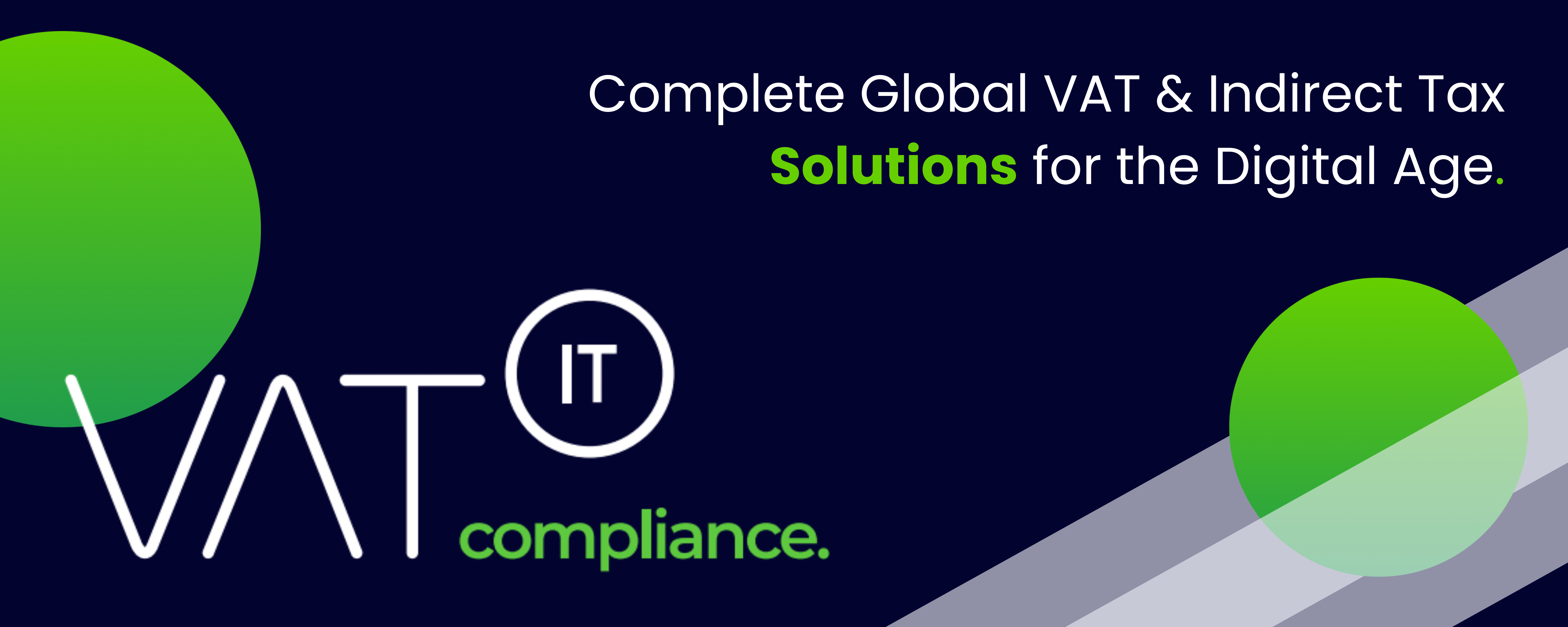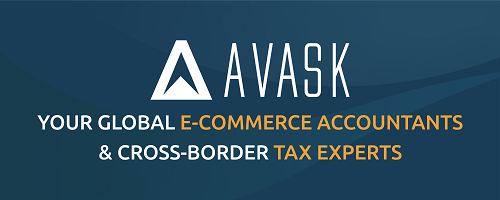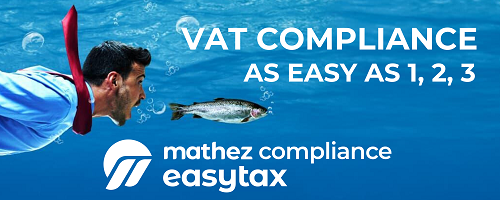Classic EDI involves direct, point-to-point connections between two parties, making it ideal for specific, industry-related interoperabilities. This approach guarantees inherent security and reliability but comes with higher setup & maintenance costs.
In contrast, network interoperability via the four-corner model offers scalable connectivity thanks to the “connect once, connect to all” principle. This model simplifies managing multiple trading partners and provides a secure and scalable framework for global document exchange. However, it necessitates involving third parties (the Access Points), introducing inherent risks.
Source The Invoicing Hub
See also
- E-Invoicing/Real Time Reporting – What can you find on VATupdate.com
- Worldwide Upcoming E-Invoicing mandates, implementations and changes – Chronological
- Collection of E-Invoicing Guides – Worldwide – VATupdate
- Join the Linkedin Group on Global E-Invoicing/E-Reporting/SAF-T Developments, click HERE
Latest Posts in "World"
- OECD Report 2025: Tax Reforms Target Health Costs, Aging, and Sustainability with New Measures
- 7 Essential Steps for International VAT Registration and Compliance Success
- Global E-Invoicing Trends 2025: Shaping the Future of Tax Compliance
- How Digital Tax Laws Apply to Online Courses
- VATupdate Newsletter Week 37 2025














